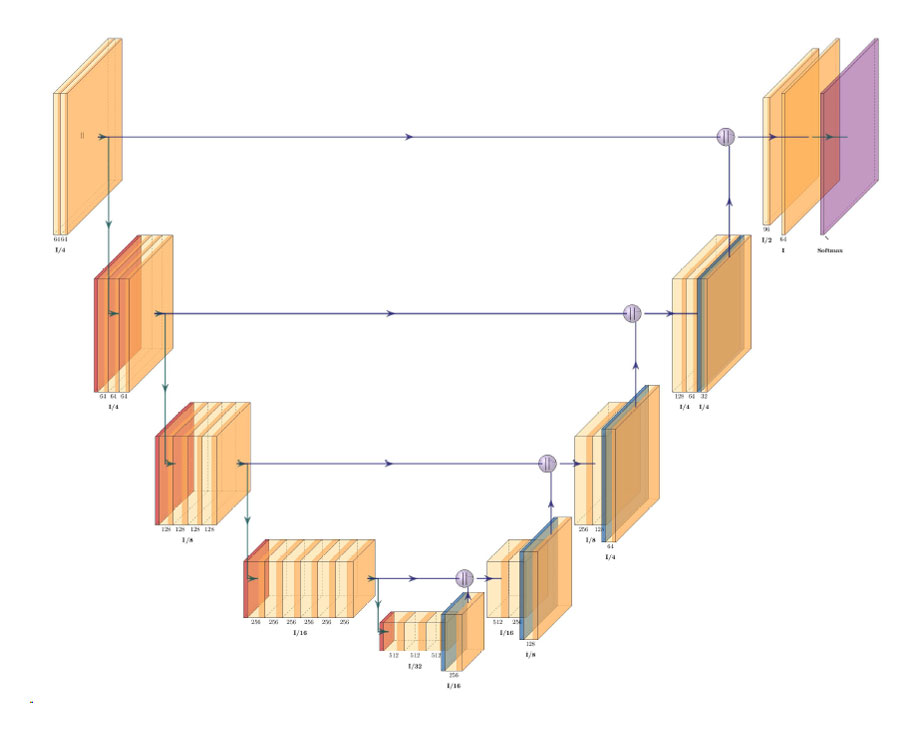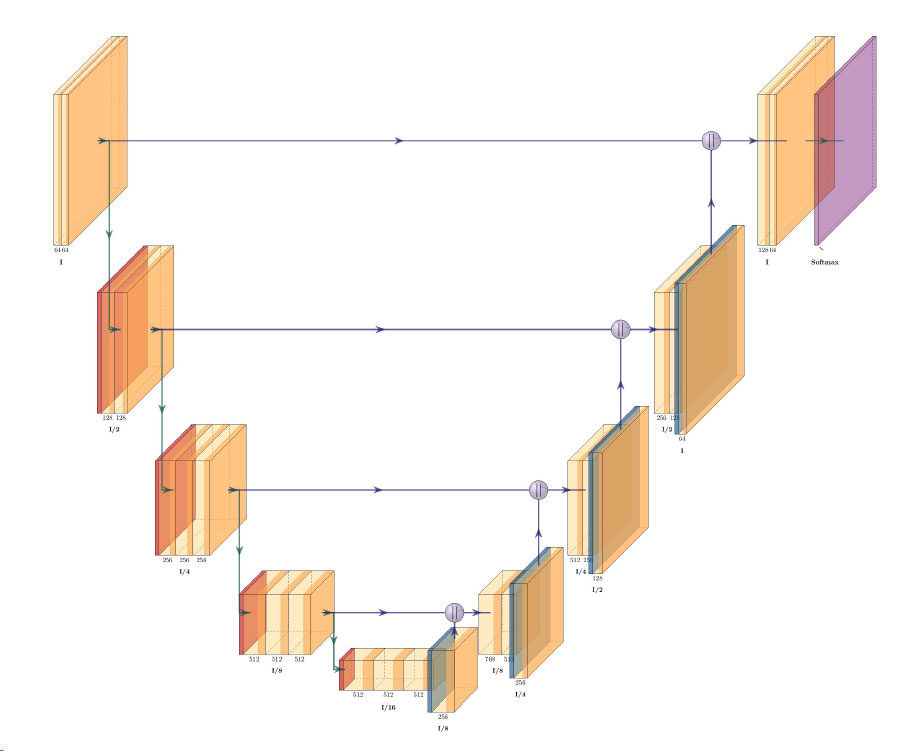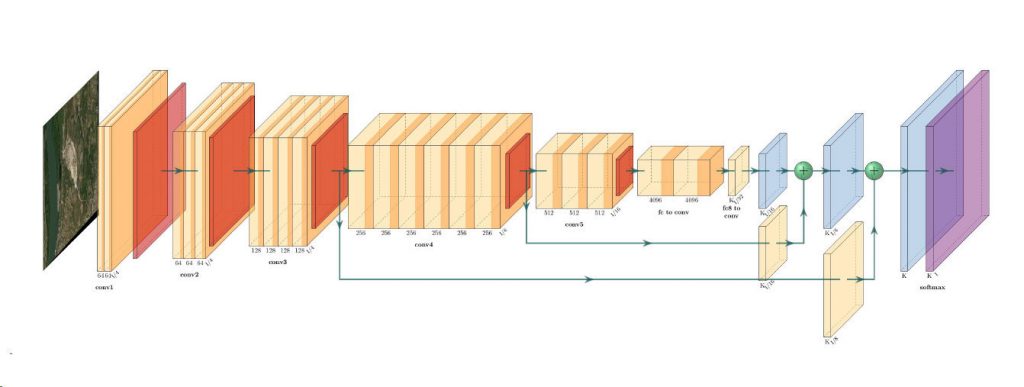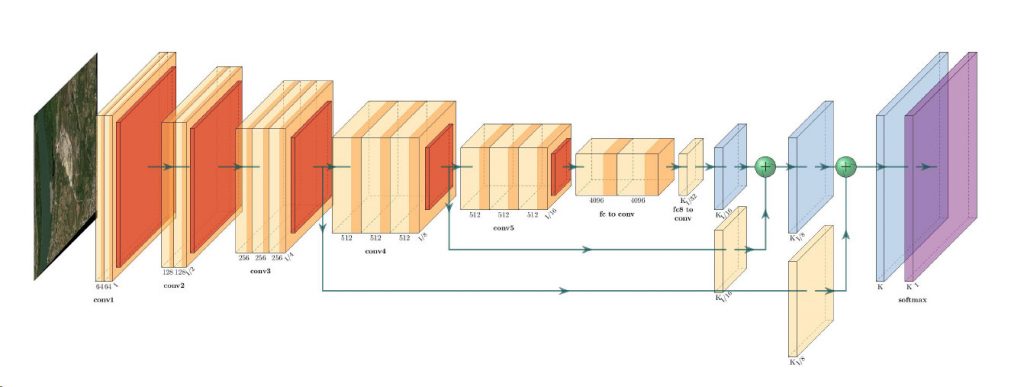New Solution for EU Urban Planning Challenge
- European Space Imaging
- 16 March, 2015
A sweeping urban planning initiative, the European Union Strategic Environmental Assessment (SEA) Directive of 2001 is a complex set of procedures and processes that ensure the environmental implications of new building projects are taken into account before approval decisions are made. Satellite imagery, an ideal tool for tracking land use over time, is now playing a key role in helping municipalities conform to the directive.
Local governments challenged by SEA requirements
With the goal to “protect nature and strengthen ecological resilience, boost sustainable, resource-efficient, low-carbon growth, and effectively address environment related threats to health,” local governments across Europe face complex standards to meet SEA requirements. Meeting these standards poses both economic and technological challenges.
“To meet the requirements of SEA, local governments need to periodically update their territorial plan,” explains Claudio La Mantia, Geoservices Technical Manager of Government and Security for European Space Imaging partner Planetek Italia. “Urban plans and related strategic environmental assessments must meet European laws, national laws and regional laws. Currently, local governments are not geared for this way of planning.”
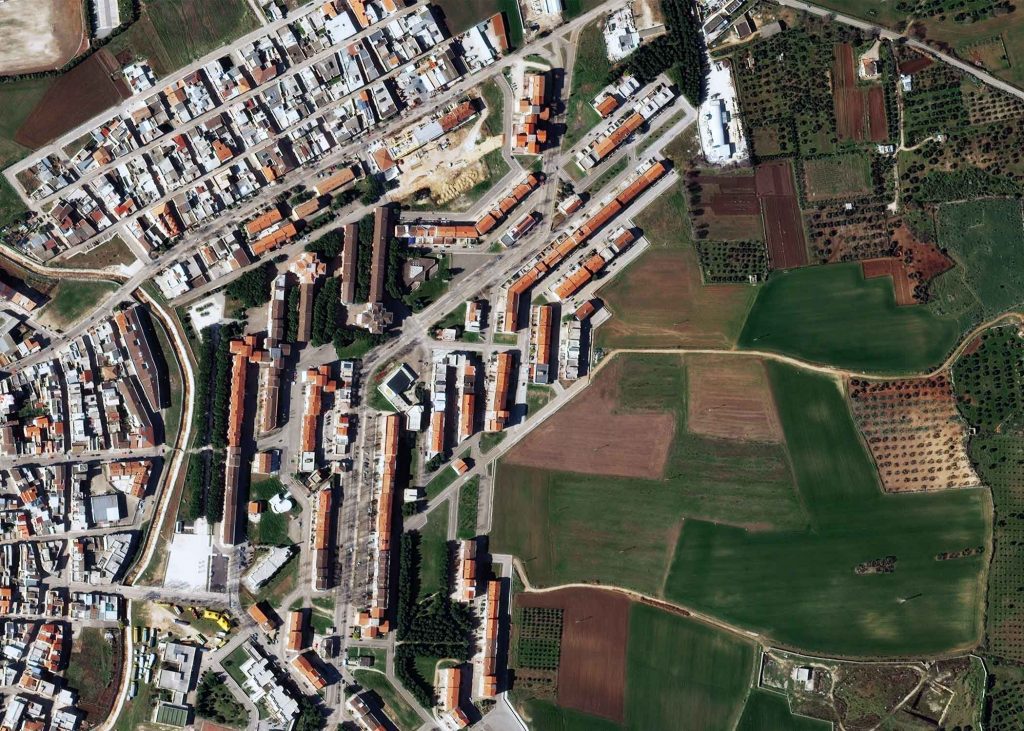
Very high resolution satellite imagery allows governments to keep their land use records updated, and supports governmental planning processes.
Imagery central to creating a standardized solution
Implementing SEA best practices poses a difficult challenge for many local government authorities. Planetek Italia’s participation in a European Union soil loss mapping research project set the stage for development of a viable SEA solution. The company developed a set of geospatial products that aids local planning authorities during the entire SEA process.
“Our challenge was to design value-added mapping products and standardized procedures to derive objective environmental indicators for landscape monitoring in support of decision-making processes,” La Mantia says. “We found that by integrating WorldView-2 very high-resolution technology with existing cartographic datasets we could produce results that can be applied by local governments to meet SEA requirements.”
Satellite Imagery to measure soil loss key to solution
While soil loss is a natural occurrence, human activities have dramatically increased the rate at which erosion is occurring globally. Industrial agriculture, deforestation, roads, climate change and urban sprawl are the primary contributors to this growing environmental problem. Planetek Italia found WorldView-2’s ability to measure soil loss a key factor to providing the qualitative and quantitative updated knowledge of the territory to support decision makers in all phases of SEA reporting requirements. These include defining the urban plan and suitable thresholds for selected SEA indexes, as well as ensuring that land use plans are in line with the urban plan and SEA analysis.
“Soil loss is a topic of great interest at both national and European-wide levels,” La Mantia says. “We tested WorldView-2’s high-resolution eight-band data to obtain indicators of soil loss, land use, landscape fragmentation and landscape diversity that supports local and central government’s planning processes.”
Preciso® standardized value added geospatial products
Bundling WorldView-2 data with cartographic information, GIS and other data, Planetek first tested its concept at a 100 square kilometer test site in Apricena, Foggia, Italy. The result produced a homogeneous distribution of the information at two meter resolution over the entire area. After experiencing similar success at three additional sites, Planetek Italia named the solution Preciso®, a set of standardized geospatialproducts that can potentially be adopted by municipalities and regional governments across the European Union.
"We have made a great step forward in supporting local planning authorities. Thanks to the WorldView-2 eight-band imagery provided by European Space Imaging we were able to design and provide users with standardized geospatial indicators and environmental reports. This information concretely helps them in periodic landscape monitoring, including the soil sealing evaluation."
Challenge
Develop an affordable, standardized solution that municipal and regional governments across Italy can use to meet land use reporting requirements of the European Union’s SEA directive.
Solution
By integrating WorldView-2 high-resolution imagery with cartographic and GIS data, Planetek Italia developed Preciso®, standardized geospatial products that deliver accessible and affordable reporting.
Results
Planetek Italia’s Preciso® geospatial solution provides local governments standardized geospatial indicators and environmental reports that help meet requirements of the European Union’s SEA directive.
ABOUT PLANETEK ITALIA
Planetek Italia designs and creates solutions that enhance the spatial information through the satellite image processing, the implementation of spatial data infrastructure and the use of satellite positioning systems. Established in 1994, Planetek Italia provides solutions for GMES-INSPIRE implementation in Europe, with expertise in Land monitoring and SDI compliant with OGC/ISO standards and INSPIRE implementing rules.
Related Stories
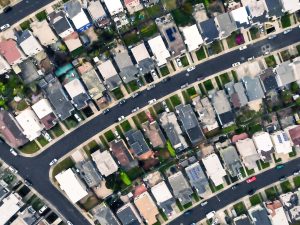
EUSI and Albedo Partner to Deliver 10 cm Resolution Satellite Imagery to Europe
It is our pleasure to announce the partnership with Albedo, a builder of high-performance spacecraft and the first satellite designed to operate commercially in VLEO (Very Low Earth Orbit). This partnership will bring the world’s highest resolution satellite imagery to the European and North African market.

Updating the Land Parcel Identification Systems in 2025: The Benefits of Using Satellite Images
Agricultural paying agencies across Europe face increasing challenges in maintaining accurate and up-to-date Land Parcel Identification Systems (LPIS), ensuring compliance with the Common Agricultural Policy (CAP) and supporting sustainable agricultural practices.
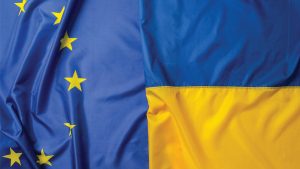
EUSI Confirms Uninterrupted Satellite Imagery Support for Ukraine and European Security
With the successful launch of Maxar Intelligence’s second set of WorldView Legion satellites, European Space Imaging (EUSI) will soon offer up to eight daily collection opportunities in key latitudes across Europe and North Africa – a number that will increase after the final WorldView Legion satellites are launched and all six satellites are operational.

Civil Mapping: Three Case Studies From Germany
Three land-surveying authorities finished large-scale mapping projects using very high resolution satellite images in 2024. These are the challenges, solutions and results:


